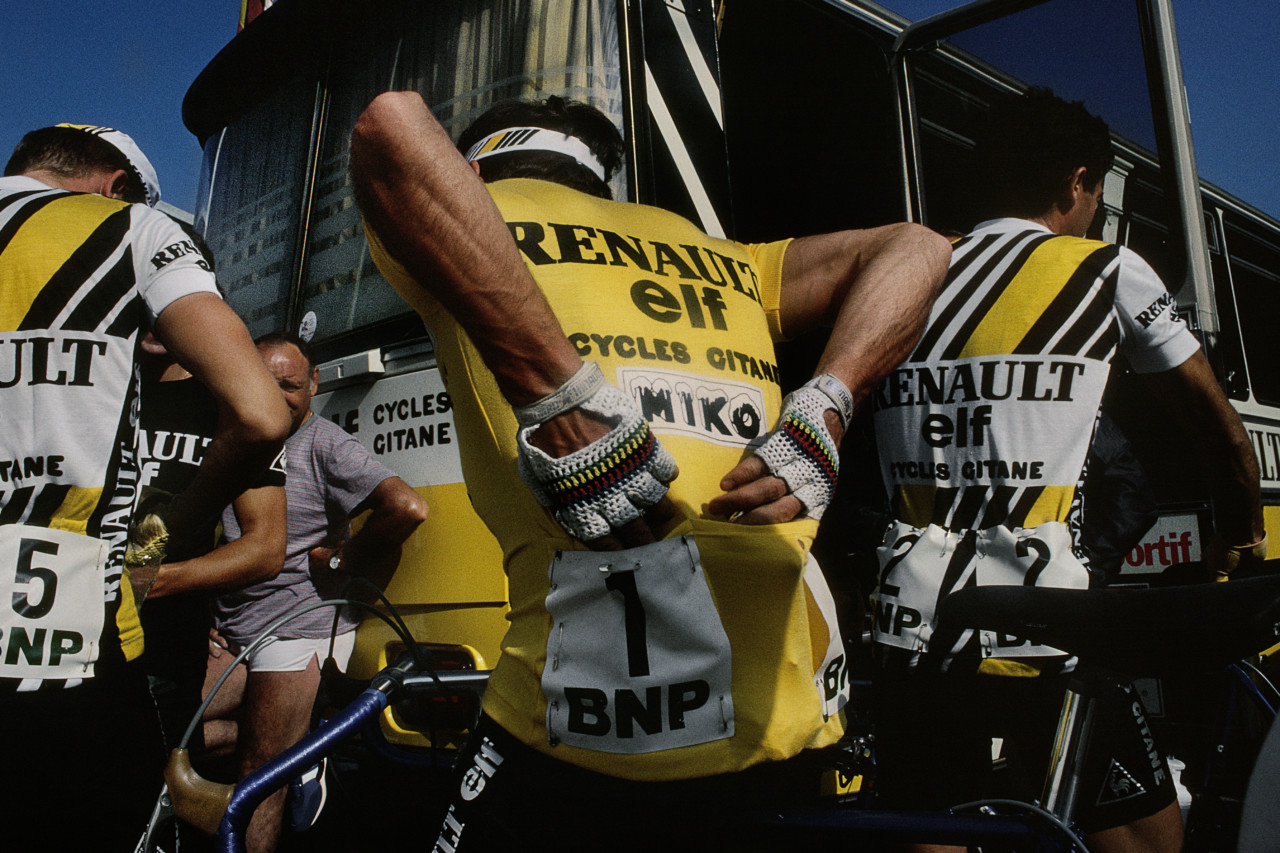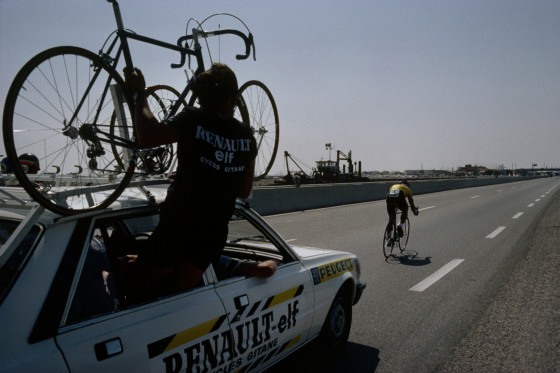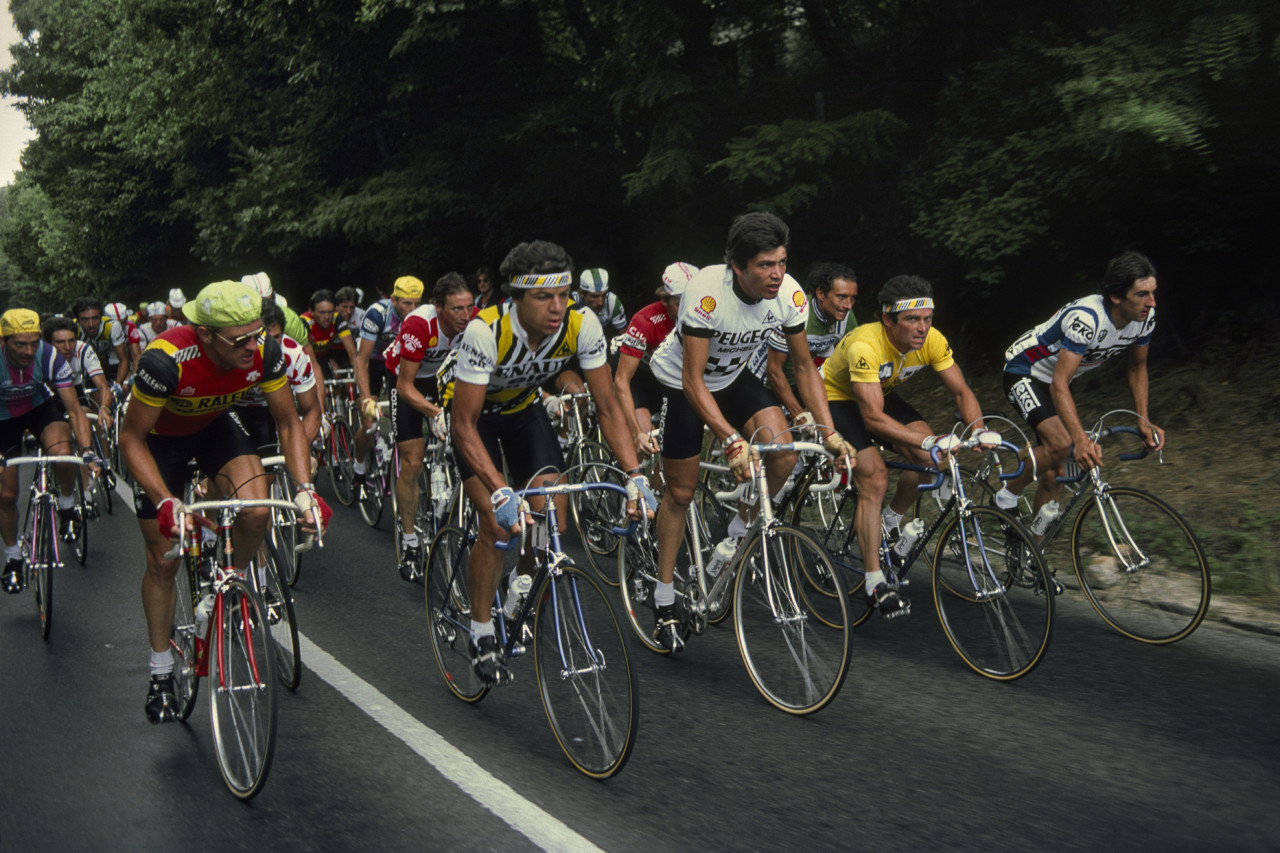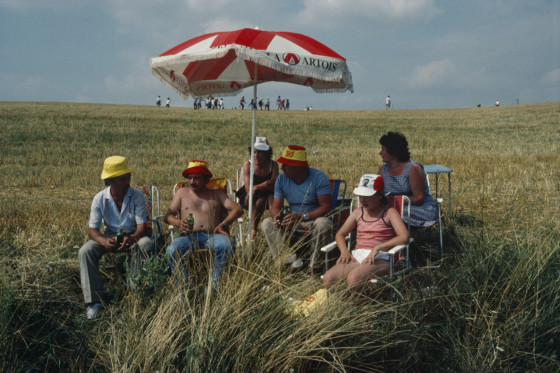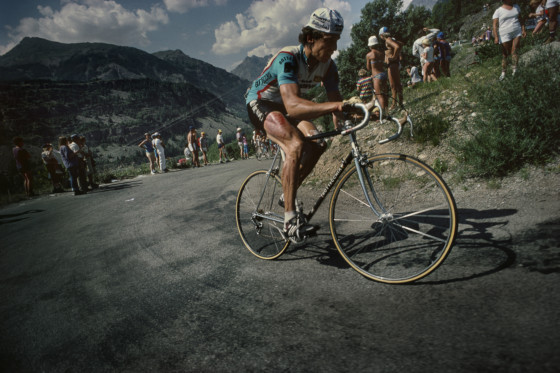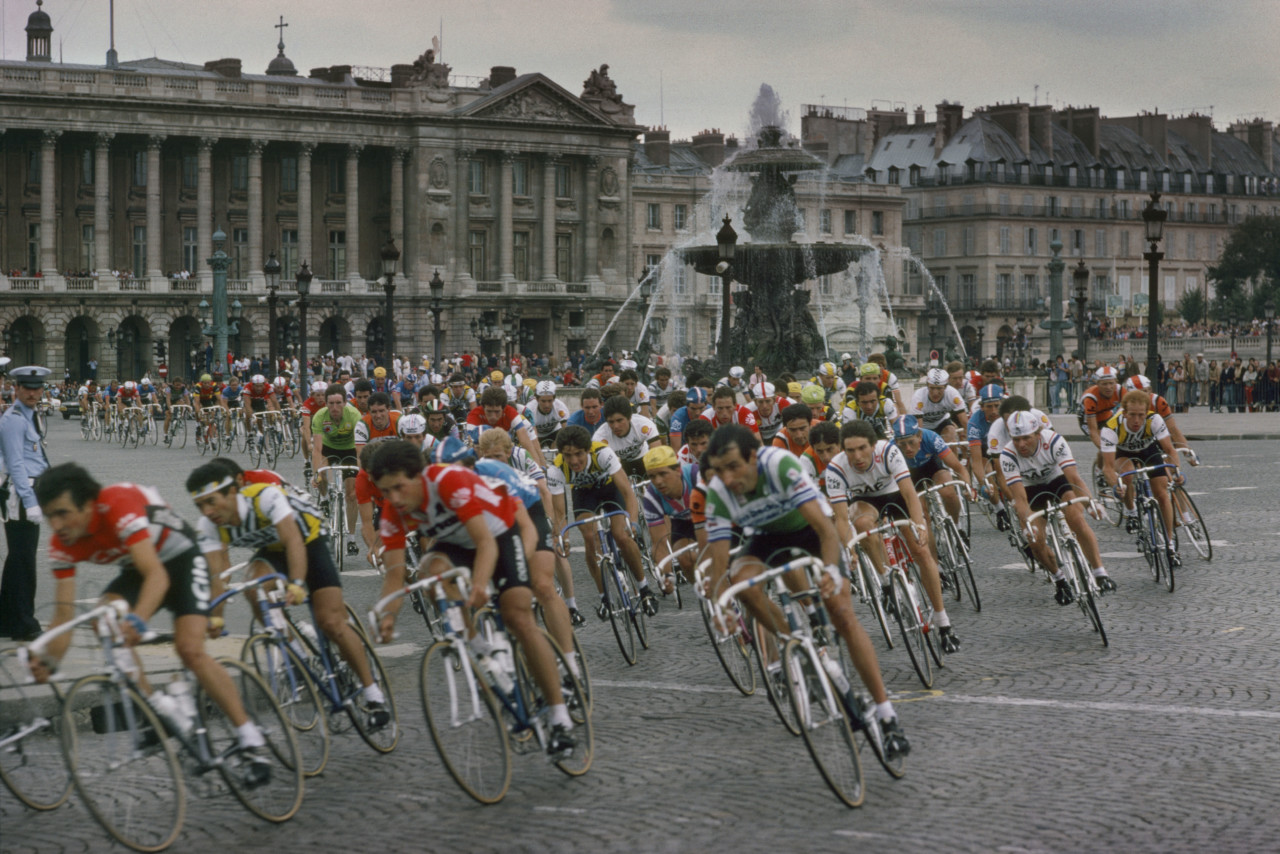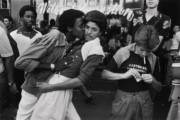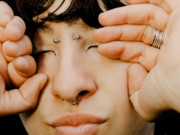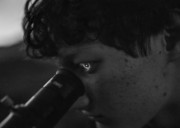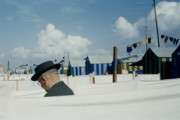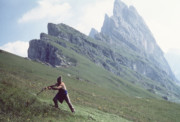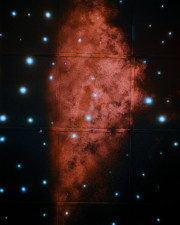Tour de France: Inside the Peloton
Magnum Cycling author Guy Andrews rediscovers Harry Gruyaert’s 1982 photographs of the Tour de France
"A racing cyclist remembers a puncture like a photographer recalls a photograph. They remember at which point, and where it happened, for the rest of their life"
- Philippe Bordas
The Tour de France is the biggest free sporting event in the world, watched live at the side of the road by millions of people each year – it is as much a part of French summer holidays as a picnic in the mountains or a trip to the beach.
It’s no real surprise that many Magnum photographers have worked in or around a bicycle race like the Tour de France at some point in their careers, because as sports go, cycling provides a perfect situation for the reportage, social documentary or street photographer: it happens in real time, in real life and in the public environment. It isn’t a traditional stadium or circuit sport per-se, as the action happens on the street outside your house or in a city center that you live in or in the mountains that you holiday beside, because anywhere the road goes so does the racing peloton.
Harry Gruyaert’s approach to photographing the Tour was fairly pragmatic at the time. In 1982, he was there to do a job for the Elf oil company and the resulting work became a big reportage exhibited in Paris and in a book, but once we revisited the pictures and he re-scanned a new batch he started to remember more about the race.
The 5-time Tour de France winner, Bernard Hinault, was a really tough racer. Here he is (below) sat imperially on his bicycle staring at Harry’s camera lens. This picture tells us so much about the rider they called ‘The Badger’, so-called because he was brutally fearless and rather unpleasant, especially if you got into a scrap with him. He would command authority in the Tour de France peloton (the group or bunch of cyclists): that’s why his peers called him Le patron — the boss.
Harry hadn’t realized that Hinault was staring at him at the time he took the photograph, he only noticed when he looked at the final print in the book and chuckled and said, “This is actually a really good picture.” For those who know cycling it shows the strength of Hinault – whilst he is sat staring at Harry, the rest of the racers struggle out of the saddle and up the mountain.
“At first, I didn’t know all of the names of the cyclists, so I tried to concentrate on Hinault, but I never talked to him. I had to follow him. I mean, it was about him; but it was nearly the end of the Tour and I knew he was going to win. I had no privileges with the team and I think he [Hinault] couldn’t give a fuck,” says Harry.
In 1982 most of the Tour de France photographers were taking pictures for the newspapers, which at that time meant working in black and white. As a result, there isn’t a lot of color work of that year’s race. Harry, whose work is famed for its vivid colors, recognizes that he was fortunate not to have been ‘attached’ to the Tour, a role that would have required him to cover all the action — the sprints, the finishing lines, the podium.
“What interested me most was everything going around – the people waiting and the whole atmosphere, and the villages and the mountains and motorcycles going down at hundreds of kilometers an hour down the mountains… it was so exciting,” continues Harry.
Compared to much of the sports photography of the period, Harry’s work from the 1980s has a distinctly alternative feel to it. It also demonstrates a clear understanding of bicycle racing, something that Harry sees as second nature to a Belgian: “Being Belgian I had a bike and all the kit and I followed racing on the radio but I have never been racing myself. It’s obviously a huge tradition in Belgium. Even now I feel if I don’t have my bike then I’m not very happy. I love it, it’s a way of looking at the world, extremely quickly.”
Harry’s photographs of the 1982 Tour de France are certainly of an era. Indeed, it’s likely that we’ll never see their kind again, mainly because photographers are no longer allowed to take pictures from a motorbike ‘inside’ the peloton. They are allowed, at certain times, to go ahead of the peloton and take pictures looking back, but never from within the peloton.
Rescanning Harry’s 1982 transparencies was a revelation, with the faded and over-duplicated scans turning into beautifully sharp and colorful prints. They are instantly recognizable as Harry’s work, the Kodachrome film generating rich, contrasting colors — bright reds and greens with deep shadows and bright highlights. The Tour de France has rarely looked so colorful.
In 2016, a selection of cycle racing photographs from Magnum’s archives was published by Thames & Hudson. An accompanying Poster Book, featuring 20 detachable posters from the likes of Robert Capa, Harry Gruyaerty, Guy le Querrec, Henri Cartier-Bresson, and Martine Frank, is now available in the Magnum Shop.


